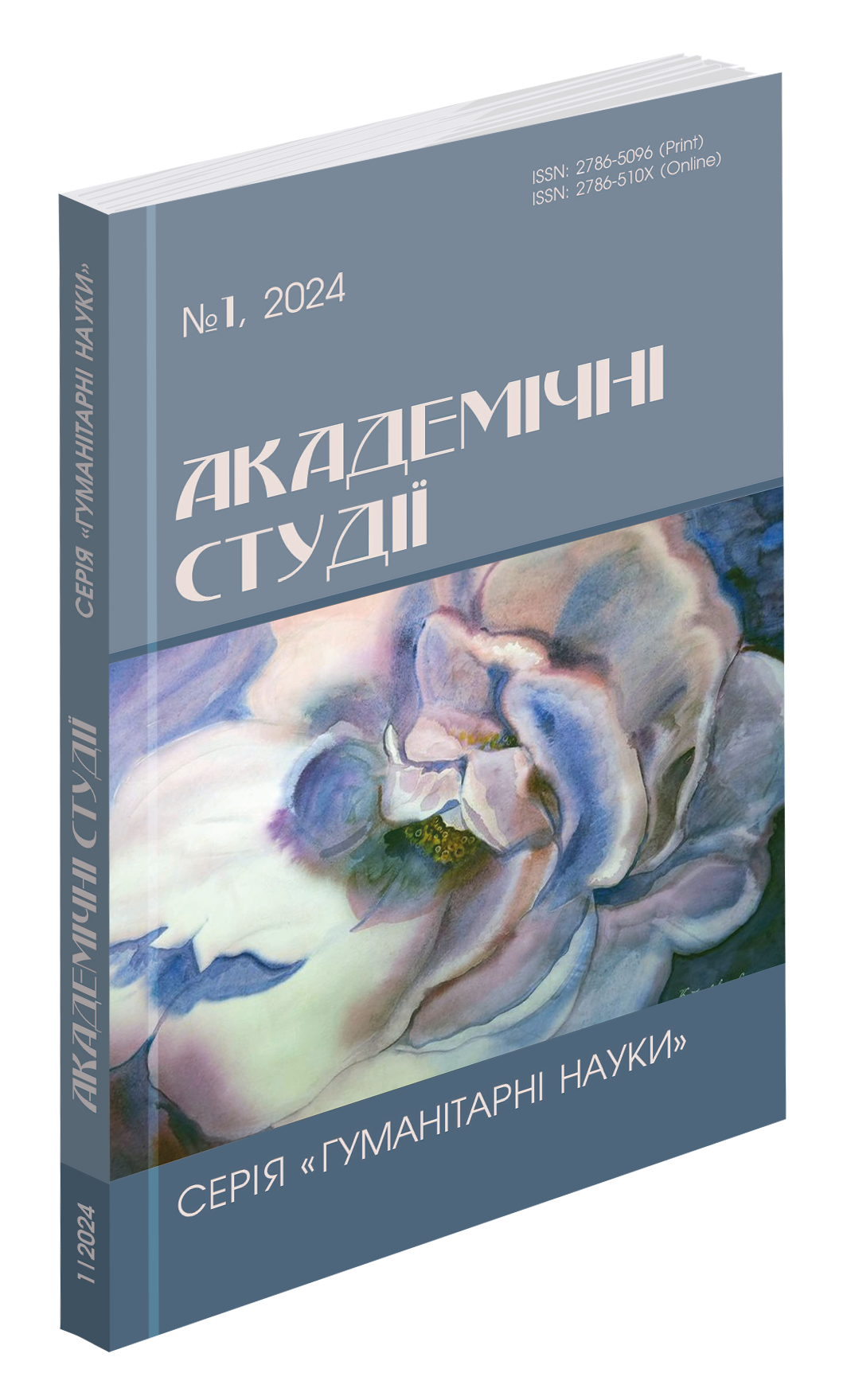Abstract
The purpose of the article is to analyze the rationality of using paremies (proverbs, sayings, catchphrases, and phraseological units) in the process of learning a foreign language by students of higher educational institutions. The article focuses on the system of exercises and tasks using proverbs and sayings for the development of language skills, particularly sociolinguistic ones. In foreign language classes, paremias are an important means of explaining and learning grammatical material, a means of replenishing students’ active speech reserve, developing their expressive speech, and a source of local history information. The use of proverbs and sayings in English classes contributes to a better mastery of this subject, expanding knowledge about the language and the peculiarities of its functioning. Involvement in the culture of the country of the studied language through elements of folklore gives students a sense of belonging to another people. Working with proverbs and sayings in English classes helps diversify the learning process and make it more vivid and interesting. It helps to solve a number of very important educational tasks of an educational and developmental nature. The study of proverbs and sayings, their analysis and comparison with analogues in the native language helps to form students’ cognitive interest in the studied subject and the culture of English-speaking countries, to expand their horizons, to develop imaginative thinking, creative abilities, language guesswork, as well as attention, memory and logic. Therefore, the use of paremies, in particular, proverbs and sayings, is an integral part of building an interesting, creative foreign language lesson. Paremias serve as an effective means of forming such complex competence as linguistic, sociocultural, which provides a huge space for the teacher to select the material and create a number of various interesting tasks for it.
References
Українські народні прислів’я та приказки / упор. В. Бобкова та ін. ; ред. Сидоренко М. В. К. : Вид-во художньої літератури, 1963. 791 с.
Колоїз Ж. В., Малюга Н. М., Шарманова Н. М. Українська пареміологія : навчальний посібник для студентів філологічних спеціальностей вищих навчальних закладів / Ж. В. Колоїз, Н. М. Малюга, Н. М. Шарманова ; за ред. Ж. В. Колоїз. Кривий Ріг : КПІ ДВНЗ «КНУ», 2014. 349 с.
Методика навчання іноземних мов у середніх навчальних закладах : підручник / кол. авторів під керівн. С. Ю. Ніколаєвої. К. : Ленвіт, 1999. 320 с.
Матвіїшин Л. П. Використання фразеологізмів на заняттях німецької мови як засобу розширення продуктивного лексичного запасу студентів немовних вузів [Електронний ресурс] / Л. В. Матвіїшин. IV Международная научно-практическая конференція «Образовательный процес: взгляд изнутри» (29–30 ноября 2010). Режим доступу: http://www.confcontact.com/20102911/2_matv.htm
Стельмах М. Застосування прислів’їв у вивченні категорії модальності перської мови / Марта Стельмах. Вісник Львівського університету. Серія філологічна. 2011. Вип. 54. С. 145–152.

